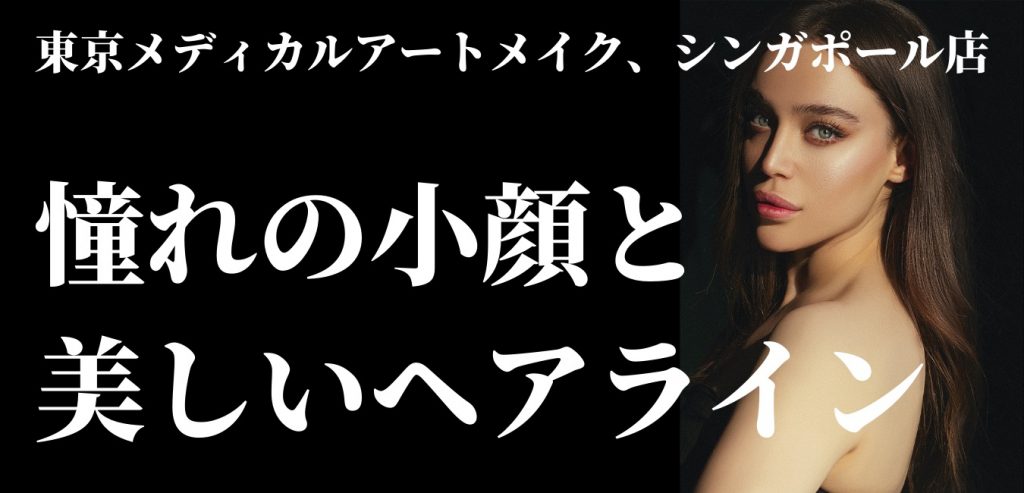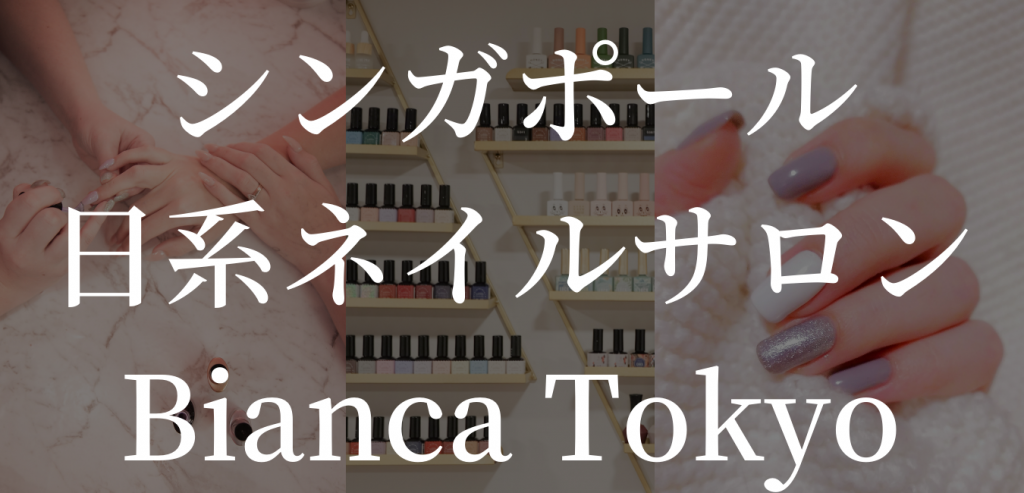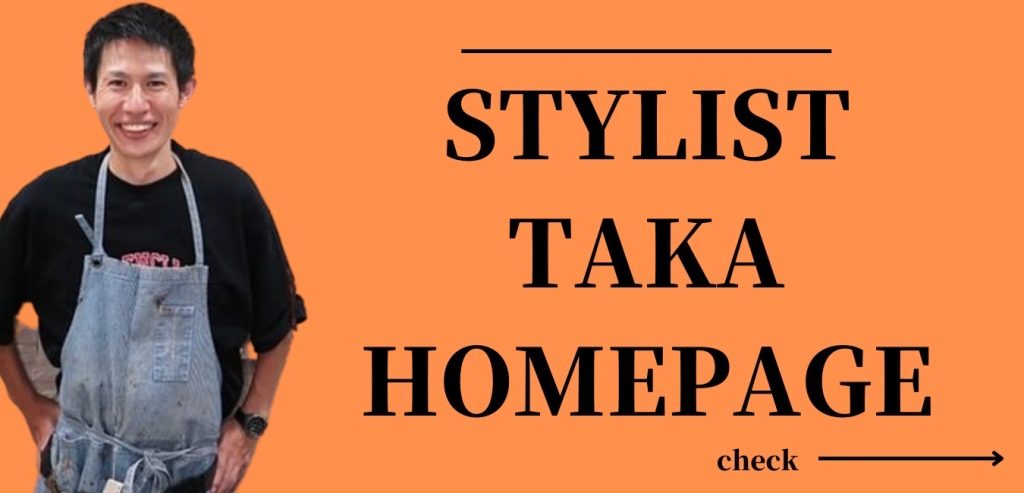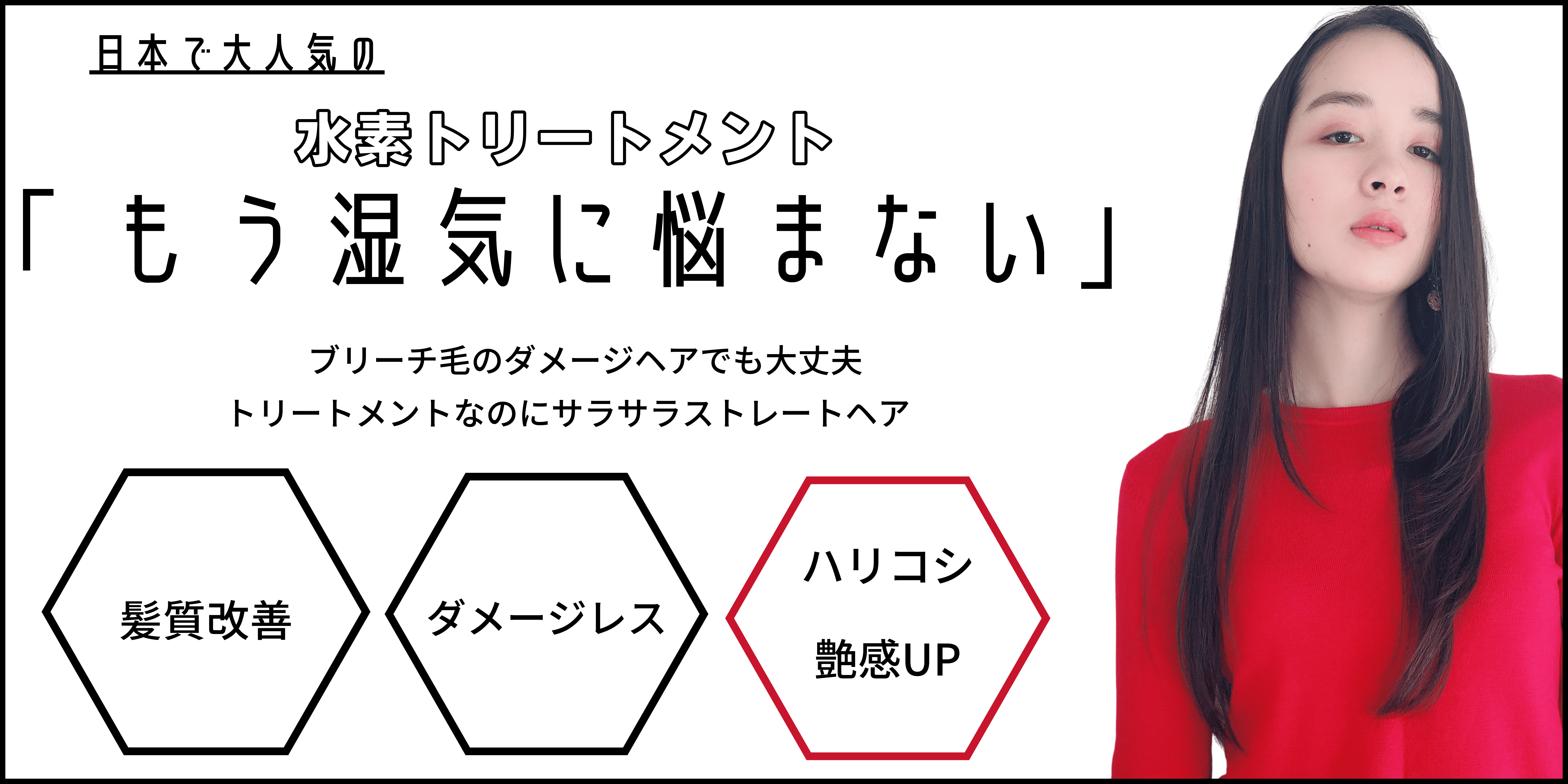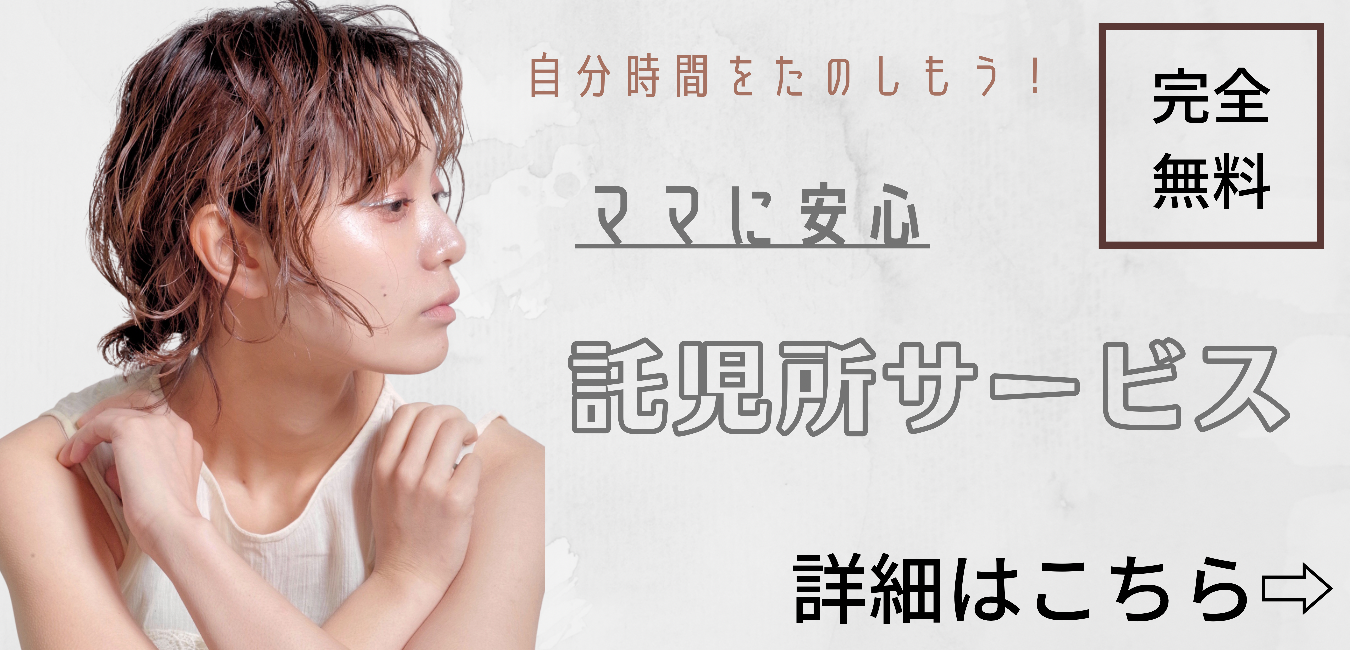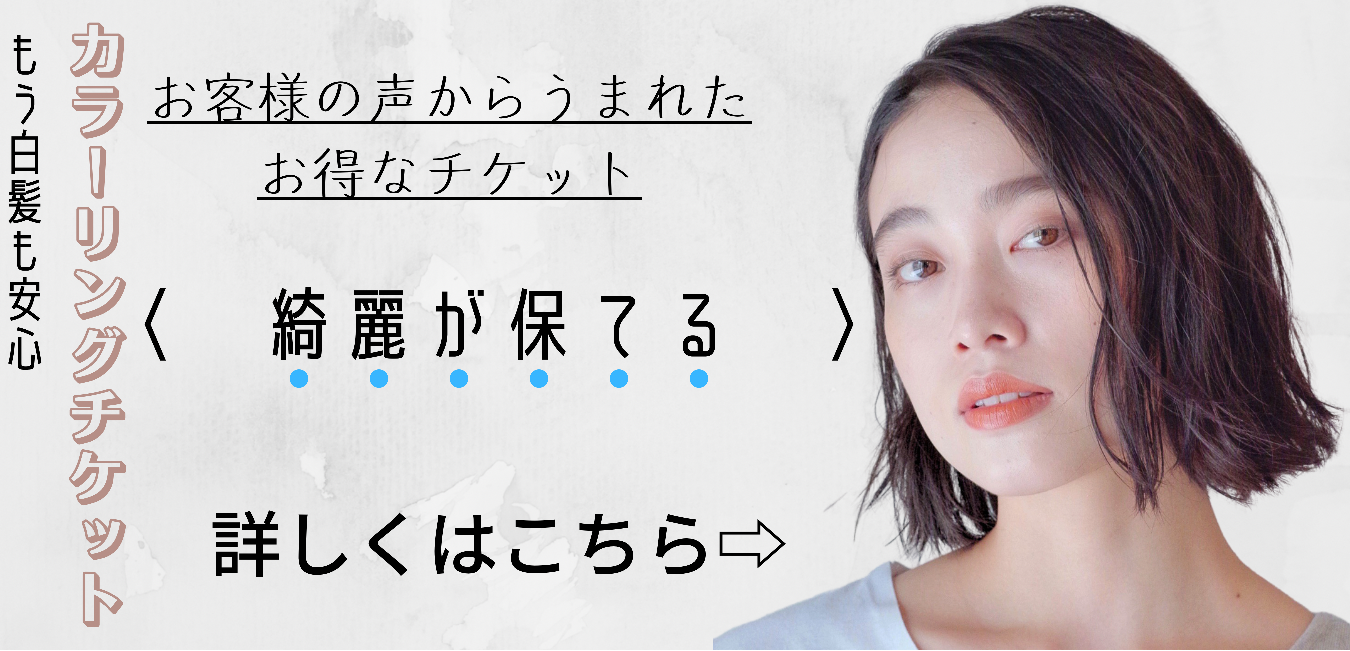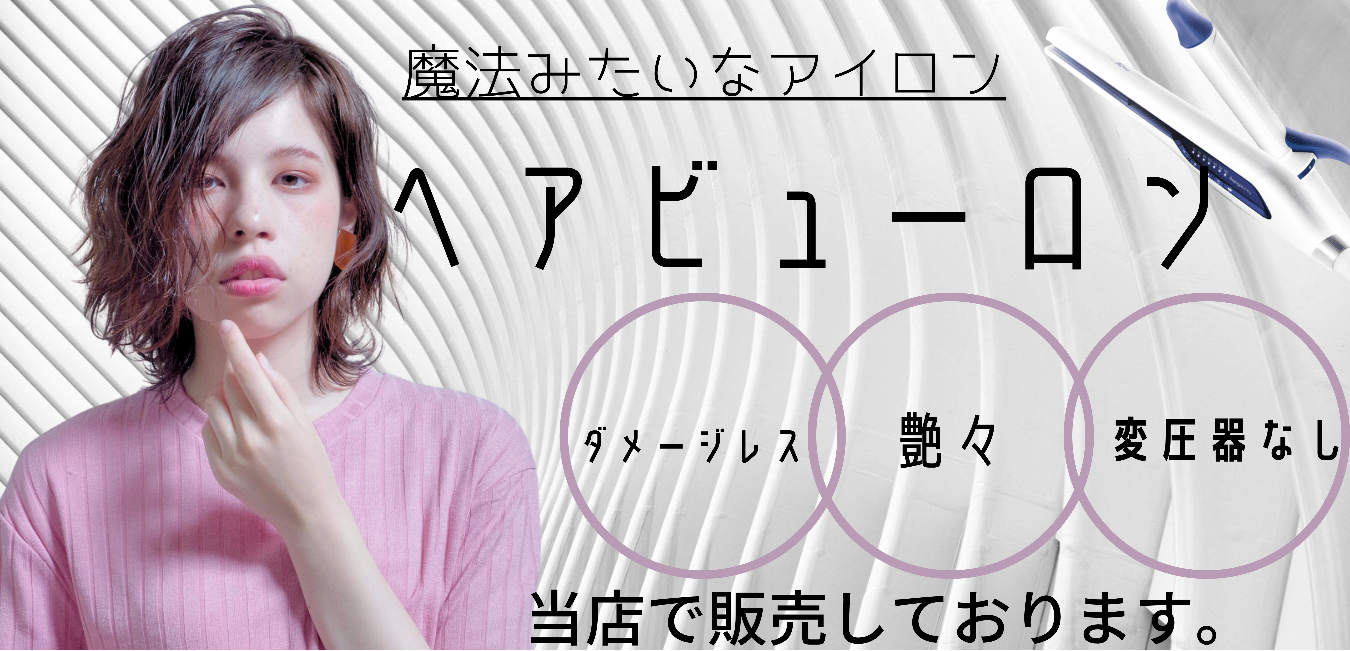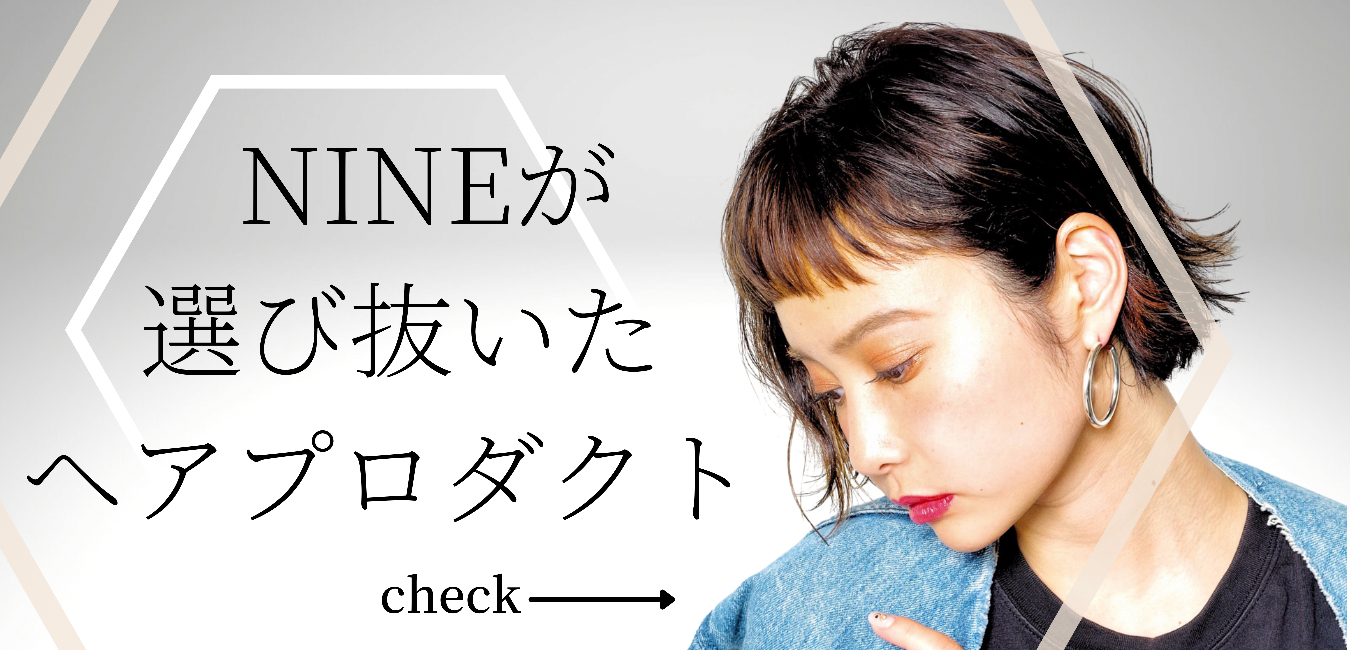It is said that “soft hair is difficult to achieve the desired result when permed.” Many people want to get help from perms because of their soft hair’s lack of volume, but are disappointed when they can’t get it done. Why is it difficult to get a perm with soft hair? The reason lies in the structure of soft hair.
Let’s find out why it is difficult to get a perm for soft hair, starting with what kind of components hair is made of.

What kind of hair is soft hair anyway?
Soft hair may be commonly referred to as “cat hair. Because the hair is not thick enough, the overall volume appears small regardless of the number of strands, and it is characterized by “lack of volume,” “falling out easily even when styled,” “tangling easily when brushed,” and “frizzy hair tends to be frizzy, and even straight hair tends to be springy at the ends,” etc. Even for those with straight hair, the ends tend to be springy.
In addition, children’s hair is softer than adult hair, and even as adults, Westerners tend to have softer hair than Orientals.
Soft hair has fewer cuticles.
So why is there a difference between “soft” and “hard” hair, even though they are the same? The softness or hardness of hair to the touch is mainly determined by the overlapping cuticles that cover the surface of the hair. The overlap of cuticles can be easily understood by imagining the scales of a fish. Hair with tightly overlapping cuticles is firmer to the touch, while hair with fewer overlapping cuticles is softer and less firm to the touch.
The cuticle is a substance that exists to prevent nutrients inside the hair from flowing out. This is why soft hair is easily damaged.
Structural differences between soft and normal hair
Let’s look at the difference between soft and normal hair in more detail. Hair is made up of three layers: the cuticle, the cortex inside the cuticle, and the medulla at the core. The cortex is further divided into two types: cortices that tend to get along well with moisture and cortices that have a tendency to repel moisture.
The former is called ortho-cortex and the latter is called paracortex, and it is known that soft hair has a higher ratio of ortho-cortex, which easily gets along with moisture.
Soft hair has less permable areas?!
Cortex is a component that is closely related to how well perms are applied. This is because the component that remembers the perm wave is contained in large amounts in the paracortex and less in the orthocortex.
In other words, soft hair can be said to have “less permable parts itself,” which causes the phenomenon of “soft hair being difficult to perm.
Digital perms are easy to apply even to soft hair.
The “digital perm” is often mentioned as a perm recommended for soft hair. Simply put, a digital perm is a perm that uses the power of heat to “shape-memorize” waves in the hair. The difference is that with a normal perm, the waves are more clearly defined when the hair is wet, whereas with a digital perm, the waves and curls are more clearly defined when the hair is dry.
With digital perms, even soft hair can have the curls they want because they are not affected by the problem of perms stretching when the hair is dry, which is a challenge for those with soft hair. However, it is undeniable that the application of heat tends to damage the hair, so you should be very careful about the health of your hair before and after applying a digital perm.
